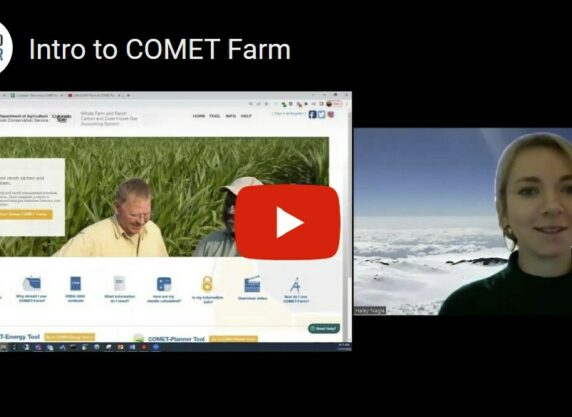Working Toward Net Zero
The earth continues to warm causing ice caps to melt, seas to rise, and extreme weather. Communities big and small are coming together to reduce greenhouse gas emissions (GHG) and limit the impacts of climate change.
To achieve this, nations have signed onto the Paris Agreement to reduce GHG emissions by 45% by 2030 and net zero by 2050 limit global warming to under 2 degrees Celsius.

Key Terms
Heat from the sun is trapped in the atmosphere allowing life to flourish on earth. Although, human activity has increased the gases into the atmosphere, trapping extra heat and warming the planet.
Gases that trap heat in the atmosphere, including carbon dioxide (CO2), nitrous oxide (N2O), methane (CH4), and fluorinated gases.
Carbon dioxide equivalents (CO2e) is a measurement that accounts for all greenhouse gasses under one common unit based on the global warming potential (GWP).
Use mitigation strategies to reduce GHG emissions and limit climate impacts.
Use adaptation strategies to withstand climate impacts.
In conservation planning, these strategies can overlap.
The tools

CALCULATE GHG EMISSIONS
There are a few tools to help you estimate the carbon capture potential from conservation practice implementation. These tools are rapidly evolving to provide a better user experience, improve precision, include innovative practices, and offer customized scenarios. To determine the level of precision needed to account CO2e, consider these few questions.
- Using carbon as a conservation tool?
Simple carbon planning tools can help
landowners understand their footprint
and improve soil health.
- Is there is payment or carbon credit
ownership transfer? You may need
a third party verifier to assure carbon
modeling match results.
EPA GHG Equivalencies Calculator: Make sense of the numbers by entering them into the EPA equivalent generator.
COMET Farm: Whether you are looking for simple GHG estimates in a few clicks or detailed reports to help a landowner reduce their footprint, the COMET suite of tools can help estimate the GHG reduction benefits for many conservation practices.
Watch our Intro to COMET Farm WebinarLower Your Farm Footprint
We partnered with The Nature Conservancy, American Farmland Trust, and the Wisconsin Department of Agriculture to produce this new handout: The Value of Actively Managing Your Corn & Soy Farm's Climate Footprint. A great resource to better understand emission pathways and management opportunities to support the Paris Accord goals of reducing emissions by 45% by 2030.
Download



